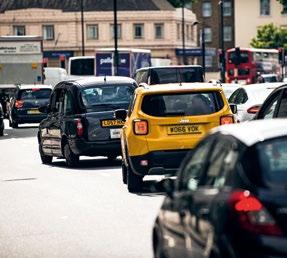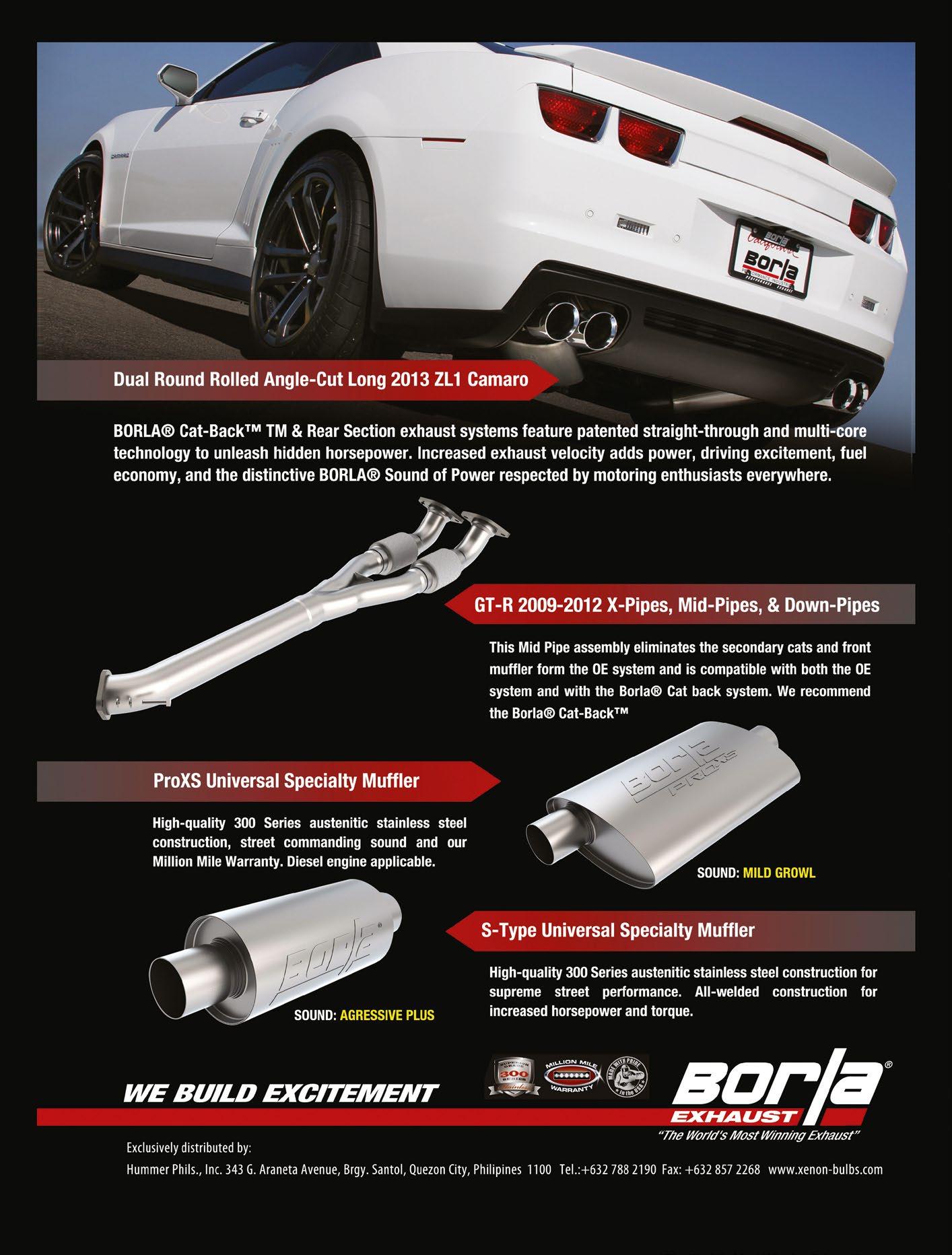
4 minute read
Passing Lane Matt Prior
TESTER’S NOTES
Cyclists currently are kings of the urban jungle…
Advertisement

S
o we’re all doing that weird swerving thing while walking near other people. Ideally, we’d all continue to spend more time on foot, sashaying to a safe distance with a cheery hello, and we should keep cycling more, too. It’s still best if we don’t use public transport, either.
That also means driving, though. We can do that as little as possible, but there are longer journeys we can’t cover on a bike or on foot, at least not with all our shopping or whatever we’re carrying to work – papers or equipment to tide us over a week’s remote-working or cheese sandwiches for when we’re in the office but the cafe is shut.
Obviously, it’s best if there are segregated spaces for all these different modes of transport. So pavements need to be widened, as do the cycle lanes and… well, now here’s the thing. The only places those can expand is into roads, so we’ll have to remove traffic lanes. There are fewer and get in the car. That doesn’t make you selfish; it’s just how it is.
Habitat, I think, is the problem. And it’s the same for users of British towns as it for the world’s wildlife: conflict occurs when we all want to occupy the same space. We need more segregation, because cars and bikes and people aren’t compatible, but there’s a limit to how much room there is, because the builders of our towns and cities (excluding places like Milton Keynes) could never have foreseen that spaces between buildings might one day be worth more than the buildings themselves.
So where to get it? Perhaps nowhere. As cars, trucks, buses and taxis user fewer engines, towns and cities will slowly meet their air quality obligations. Maybe that will be enough. We can measure the air; it’s harder to quantify wasted time.
I’m not sure what the answer is. The short of it is that there probably isn’t one. Although this won’t stop us arguing about it online – perversely, a place where there’s sufficient habitat that everybody could lose themselves in it if they wanted to.


❝ Cars don’t belong in cities. But people don’t drive into cities because they want to
cars, after all, so it won’t matter.
This is all fine until it isn’t. I sense trouble ahead, and I’m not sure that there’s an easy way around it. It’s summer and many businesses are still closed, but when everything is open and it’s November and a van is waiting to turn right at a set of traffic lights but is using the only open lane so nobody behind can pass it, there are going to be a lot of drivers sitting, looking at empty pavements and cycle lanes. They’ll be wishing they were using them like they do at the weekend, but they live 20 miles away, there aren’t any rural buses and they’ve got quite a big bag.
The puritanical answer to this is: so what? Cars pollute towns and cities, don’t belong in them, and so life for them should be made as difficult as possible.
But people don’t drive into builtup areas because they want to. You don’t do it for the craic, do you? It’s a miserable experience. But while we can make walking or cycling as alluring and convenient as possible, if you have too much stuff to carry or the public transport between home and the city is terrible, or your day is in any way sufficiently complicated that the alternatives won’t work, and perhaps you even live there, sometimes you’ll have to suck it up
GET IN TOUCH
✉ matt.prior@haymarket.com @matty_prior
Servicing Cosworth DFVs
2 August 1975
THE COSWORTH DFV will almost certainly remain unique in history, having taken 22 championships and 155 wins in Formula 1 during an incredible lifespan of 19 years.
This 3.0-litre V8 was reliable, cheap and, thanks to continual development, competitive. When we visited preparer John Nicholson in 1975, it was claimed to produce around 475bhp at 10,250rpm.
Nicholson told us that McLaren rebuilt its DFVs every 600 miles but that, with a lower rev limit in the late 1960s, they were doing 1000.
Pistons were replaced each race weekend; valves and valve springs every two. Nicholson had seen just two crankshafts break in five years and camshafts lasted all season.
The DFV then cost £10,000 new (£84,500 today), and a Nicholson rebuild was £800 (£6700). The V6 turbo-hybrid devices used in F1 today cost into the millions…
GET MORE AUTOCAR
Audi RS6: the estate that can do 0-60mph in 3.3sec
SUBSCRIBE
autocar.com.ph











